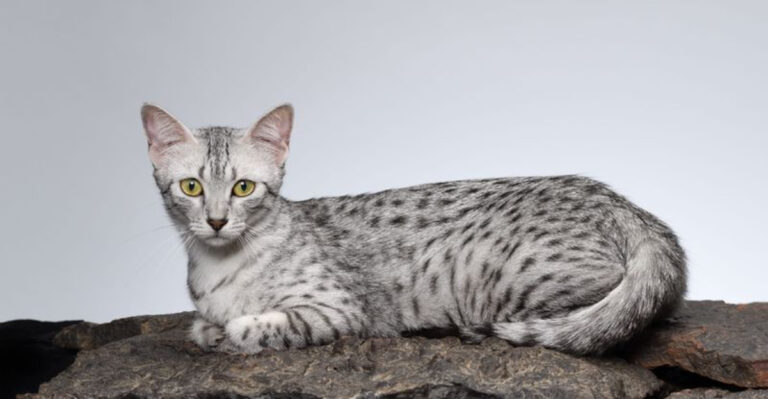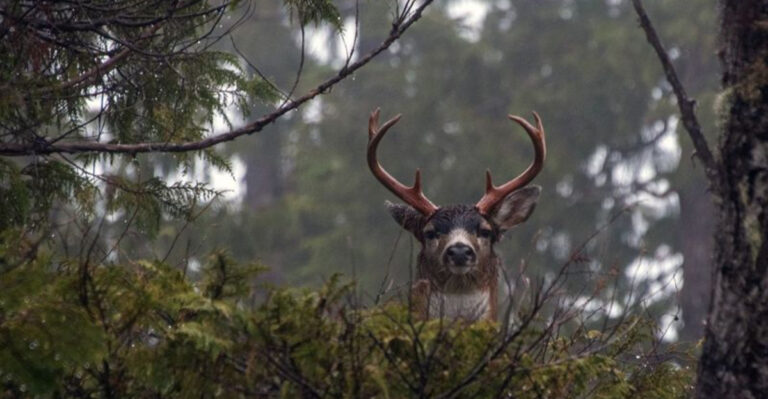Beyond The Movies: What Velociraptors Actually Looked Like
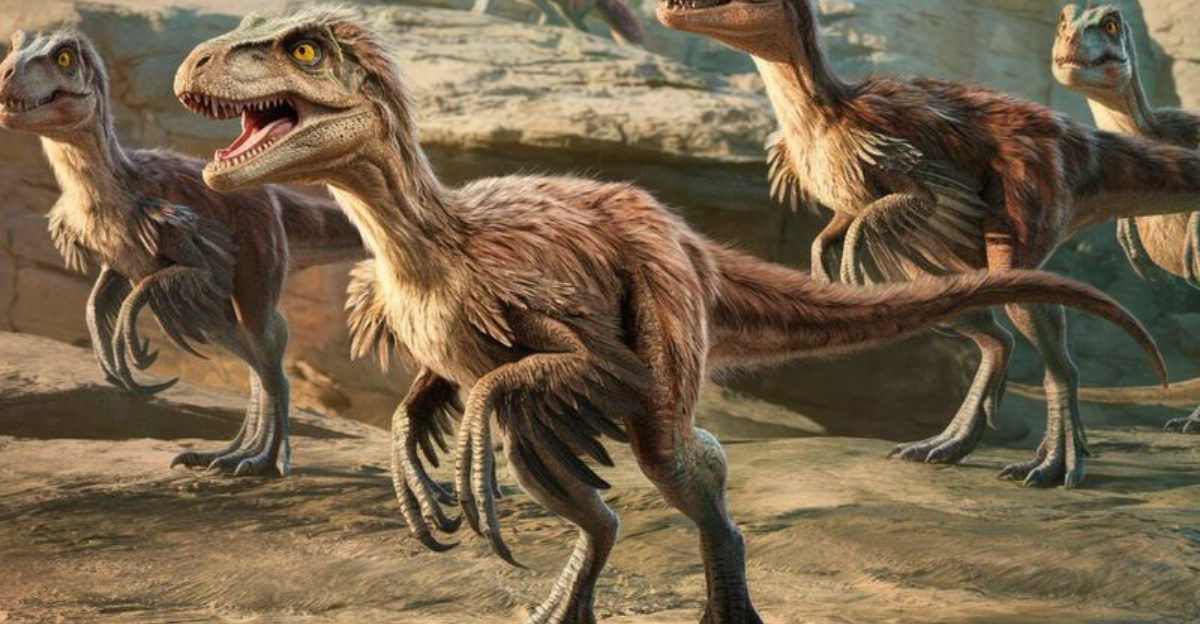
Forget everything you thought you knew about velociraptors from those blockbuster dinosaur movies! The sleek, man-sized predators that stalked through kitchens and outsmarted humans on screen bear little resemblance to their real-life counterparts.
Scientists have made incredible discoveries about these fascinating dinosaurs in recent years, piecing together a much clearer picture of what actual velociraptors looked like. Let’s explore the surprising truth about these misrepresented prehistoric creatures.
Turkey-Sized, Not Human-Sized
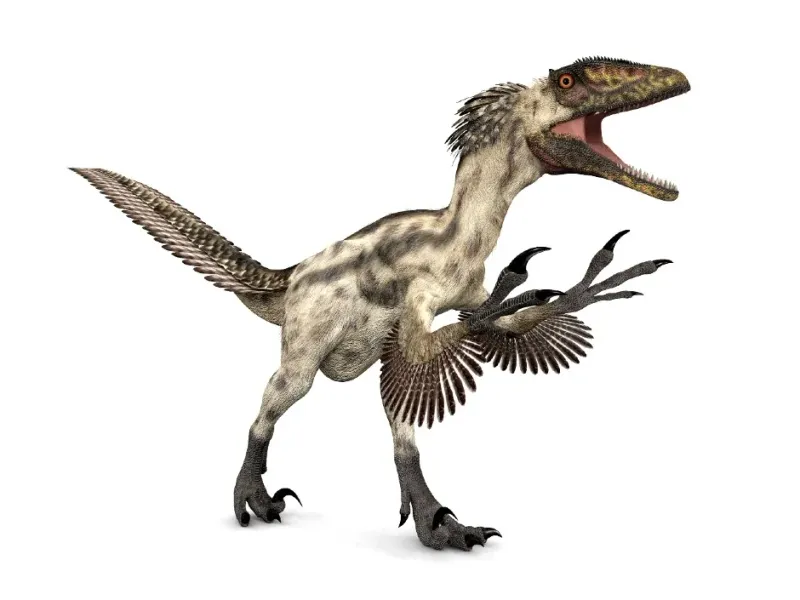
Actual velociraptors stood about 1.6 feet tall at the hip and were roughly 6.8 feet long – about the size of a large turkey! Far cry from the imposing 6-foot-tall movie monsters, right?
Most people are shocked to learn these dinosaurs were relatively small predators. Their diminutive stature didn’t make them any less fearsome in their ecosystem, though. Think of them as the prehistoric equivalent of a coyote rather than a wolf.
Their smaller size likely made them quick and agile hunters, perfect for chasing down small mammals and reptiles that shared their habitat.
Feathered, Not Scaly
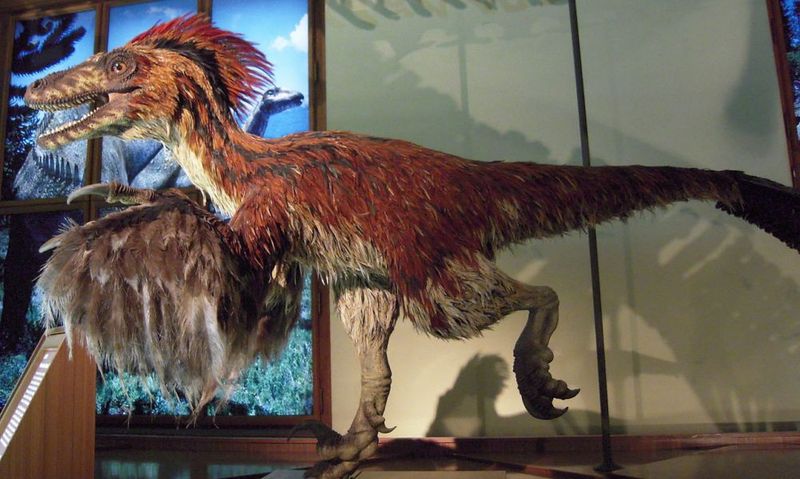
Velociraptors were completely covered in feathers! Scientists discovered quill knobs on velociraptor arm bones – the same attachment points modern birds have for wing feathers. These weren’t just fuzzy down feathers either.
The dinosaur sported proper plumage, especially on its arms, forming primitive winglike structures. Unable to fly, these feathered limbs might have helped with balance during high-speed chases or protecting eggs during nesting.
Imagine something closer to a nightmarish flightless bird than the scaly reptiles portrayed in popular culture. Their feathery coat likely came in earthy colors for camouflage.
Slender Build With Lightweight Bones
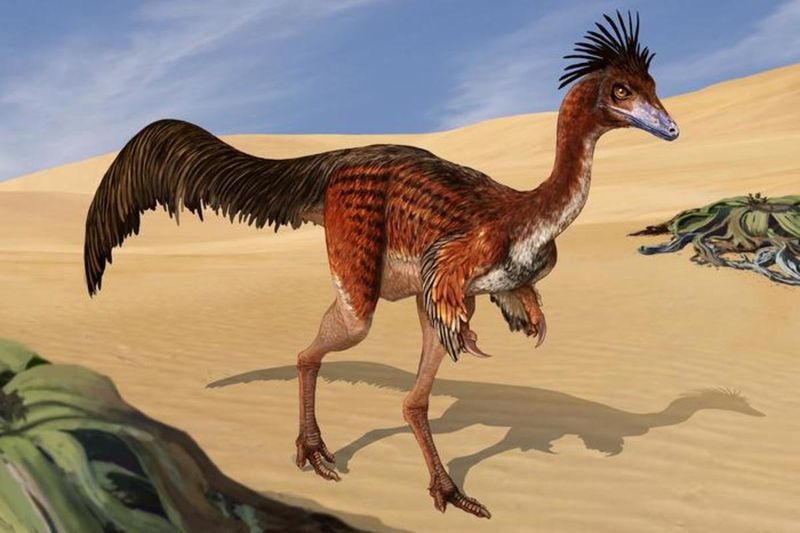
Real velociraptors had a remarkably lightweight skeletal structure. Their bones contained air sacs similar to modern birds, making them surprisingly light for their size. This hollow bone structure helped maintain their agility while reducing overall body weight.
Unlike the bulky movie versions, actual velociraptors had a slender, streamlined build perfect for quick movements and rapid direction changes. Their lightweight frame allowed them to reach impressive speeds when hunting prey.
Scientists estimate they could run up to 24 mph – not as fast as their movie counterparts but still speedy enough to catch most prey in their environment.
Long, Stiff Tail For Balance
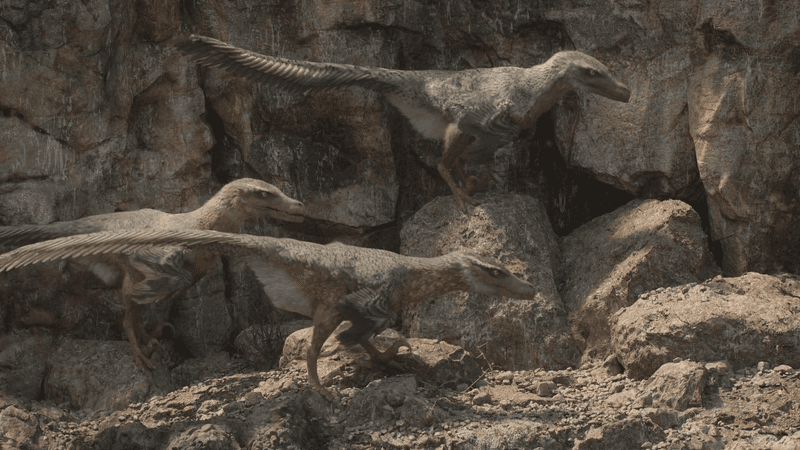
Velociraptors had remarkably stiff tails that acted as counterbalances during movement. Unlike the flexible tails shown in movies, their real tails were reinforced with bony projections called vertebral extensions that limited flexibility.
This rigid tail structure served as a crucial stabilizing rod when running and making sharp turns. Picture a tightrope walker using a balance pole – the tail functioned similarly, helping the raptor maintain equilibrium during high-speed chases.
The tail made up nearly half the dinosaur’s total length, extending straight behind rather than drooping or swaying as often depicted in popular media.
Forward-Facing Eyes For Hunting

Hunting requires precise depth perception, and velociraptors evolved forward-facing eyes similar to modern predatory birds. This binocular vision gave them excellent depth perception – crucial for judging distances when pouncing on prey.
Their eye sockets were positioned on the sides of their skull but angled forward, striking a balance between the wide field of view needed to spot danger and the stereoscopic vision required for hunting. Large eye orbits suggest they had excellent vision, possibly even good night vision.
Some paleontologists believe their visual acuity might have rivaled modern hawks or eagles – making them formidable visual hunters in their prehistoric ecosystem.
Sickle-Shaped Killing Claw
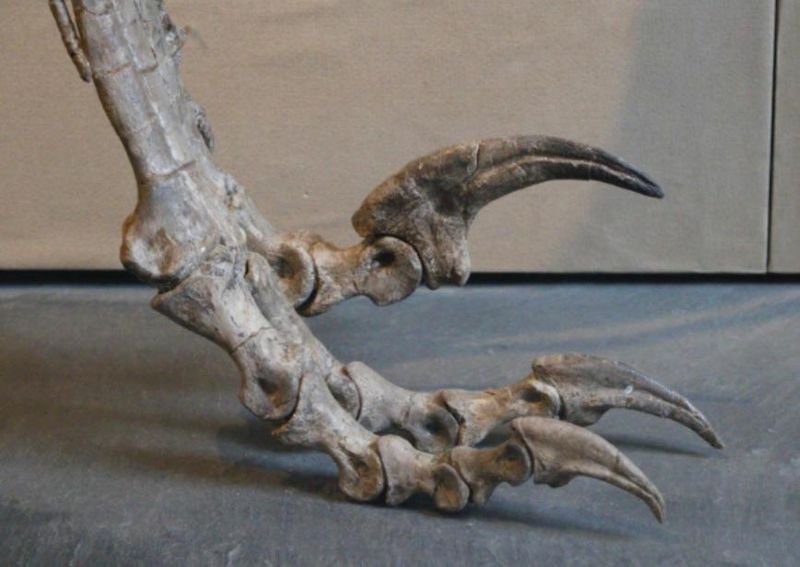
The movies got one thing right – velociraptors did have an enlarged, sickle-shaped claw on each foot! This distinctive feature measured about 3 inches long and was carried in a raised position while walking.
Recent studies suggest these claws weren’t used for disemboweling prey as dramatically portrayed on screen. More likely, they functioned like eagle talons – gripping smaller prey while the raptor’s weight pinned it down. The curved shape created excellent hooking tools for latching onto struggling animals.
These claws were kept sharp through regular use and probably had a keratin sheath covering the bone core, making them even more lethal.
Narrow Snout With Serrated Teeth

Velociraptors had relatively long, narrow snouts filled with dozens of serrated teeth – more like steak knives than the conical teeth shown in many movie depictions. These blade-like teeth curved backward, perfect for slicing through flesh and preventing struggling prey from escaping.
Their dental arrangement wasn’t random either. The teeth were spaced to prevent food from getting stuck between them, and they were continually replaced throughout the dinosaur’s lifetime.
Fossil evidence suggests velociraptors could open their jaws quite wide, giving them an impressive bite range despite their relatively small heads compared to larger predatory dinosaurs.
Three-Fingered Hands With Sharp Claws

Forget the two-fingered hands from popular dinosaur movies! Real velociraptors had three long, flexible fingers on each hand, each tipped with a curved claw. These dexterous appendages functioned somewhat like modern bird wings but retained grasping ability.
Their arm structure suggests they could fold their limbs against their body when not in use – similar to how modern birds tuck their wings. The wrist bones allowed for complex movements, giving velociraptors surprising manual dexterity for a dinosaur.
Scientists believe these hands were primarily used for grasping and holding prey, not for walking as their ancestors once did millions of years earlier.
Bird-Like Posture When Standing
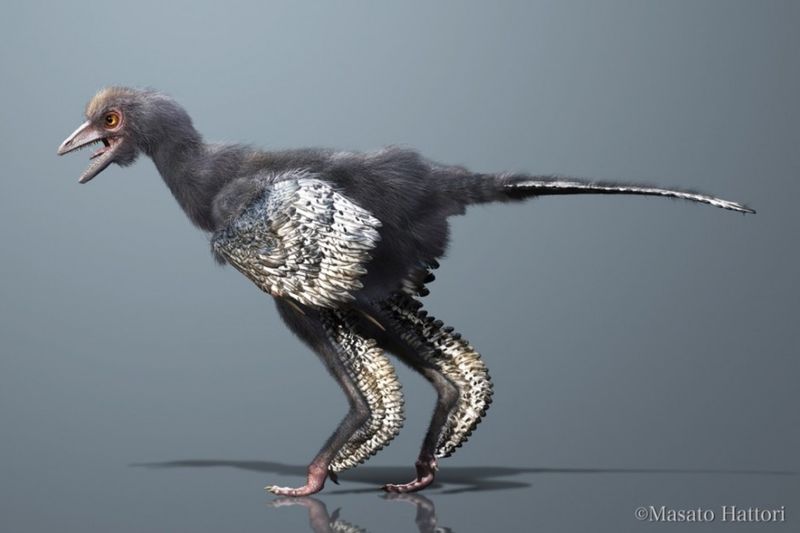
Velociraptors didn’t stand with their backs parallel to the ground like in most movie portrayals. Their posture was much more bird-like, with their bodies naturally balanced above their hips and their heads held forward.
When standing still, they would have appeared similar to a flightless bird like an emu or ostrich in their overall stance. Their center of gravity was positioned directly above their powerful hind limbs, allowing for quick acceleration from a standing position.
This upright posture helped distribute weight efficiently and maintained their readiness to sprint after prey or flee from larger predators that shared their habitat.
Lived In Mongolia, Not North America
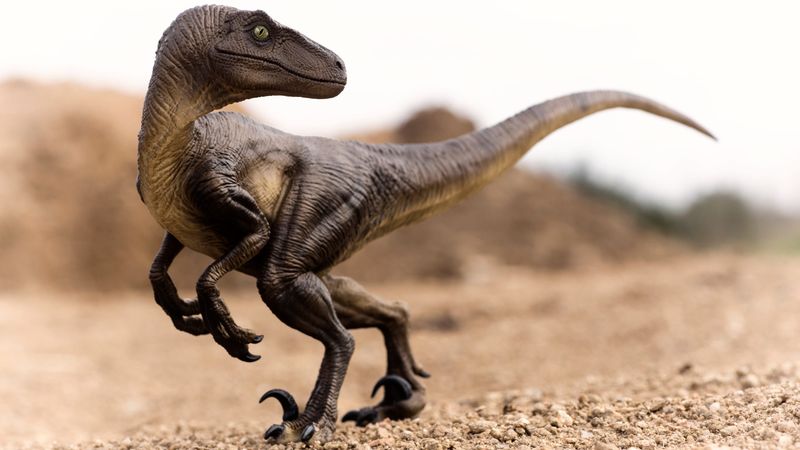
Genuine velociraptor fossils have only been found in what is now Mongolia and northern China – not in North America as many movies suggest. The dinosaurs featured in popular films more closely resemble Deinonychus, a related but larger North American species.
Velociraptors thrived in a semi-arid environment with seasonal streams and sand dunes approximately 75-71 million years ago during the Late Cretaceous period. The Mongolian Gobi Desert, where most specimens have been discovered, was less extreme then but still relatively dry.
Famous fossil discoveries include the “fighting dinosaurs” specimen showing a velociraptor locked in combat with a Protoceratops.
Pack Hunters With Complex Social Behavior
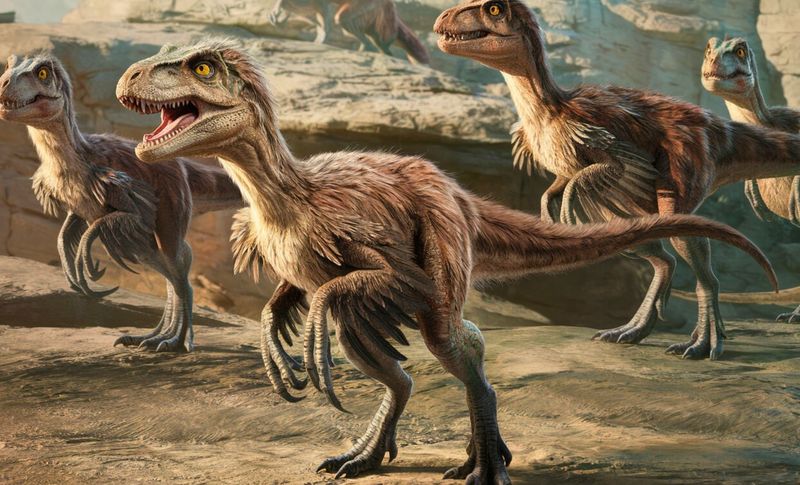
While definitive evidence of pack hunting remains elusive, multiple velociraptor fossils found near each other suggest some degree of social behavior. Their brain case structure indicates they were relatively intelligent for dinosaurs – roughly comparable to modern birds of prey.
Trackway evidence from related species hints at coordinated movement patterns that might indicate pack behavior. Their intelligence and communication abilities likely fell somewhere between modern reptiles and birds, allowing for basic coordinated hunting strategies.
If they did hunt in groups, it would have allowed these smaller predators to take down prey significantly larger than themselves – a hunting advantage that would explain their evolutionary success.




